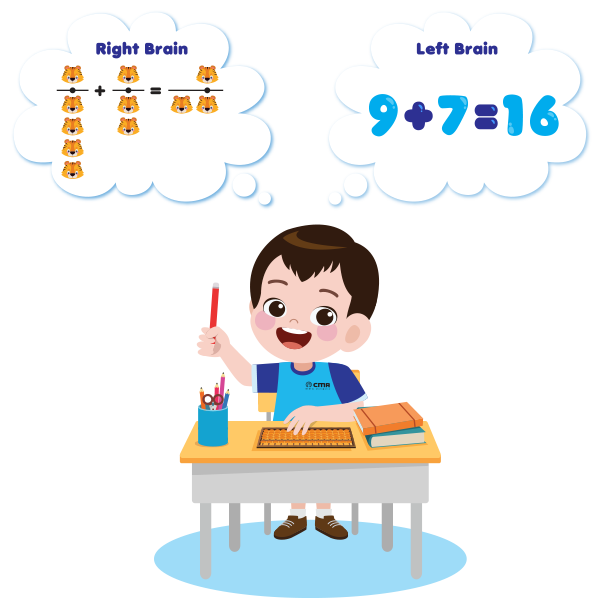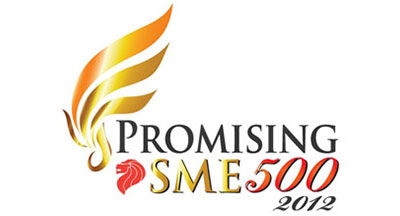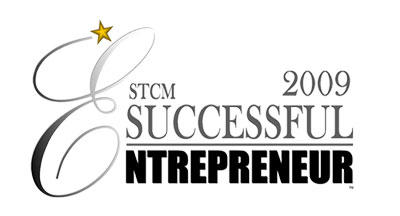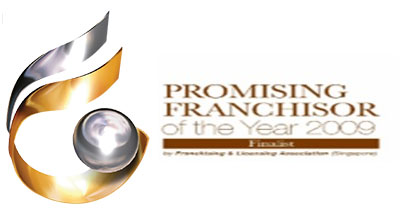
3 Steps Unique Visualisation System
At CMA, a child is trained to use his logical left brain to manipulate the virtual abacus image on his abstract right brain, thus effectively stimulating both sides of his brain to achieve speedy mental calculation and total brain development. This is possible with CMA’s unique Visualisation System, done in three effective steps.
8 Phases of Mental Arithmetic Learning

1
The Discovery Phase
Learning the Abacus can help to shape the child’s learning behavior, character and attitude. Desirable qualities such as discipline, curiosity and perseverance are introduced at this stage.

2
The Exposure Phase
Mental Arithmetic Grades 13 to 11
The child will be taught to handle stress and strive for better performances. This occurs in the face of major examinations, raising the child’s sense of accomplishment and learning interest.

3
The Cognitive Phase
Mental Arithmetic Grades 10 to 6
The child’s ability to learn will accelerate by leaps and bounds. The child is now trained in diligence, excellence and speed, so that he will look forward to challenges and develop a sense of self-affirmation.

4
The Mastery Phase
Mental Arithmetic Grades 5 to 3
The challenges have increased proportionately. The child will now be trained to confront trials and rise above problems.

5
The Initiative Phase
Mental Arithmetic Grades 2 to 1
The child’s precision and speed are enhanced, to train the child to be result-oriented and practice self-responsibility.

6
The Performing Phase
Mental Arithmetic Dans 1 to 4
Now the child will take on more advanced challenges so teachers and parents will have to work together to ensure the healthy development of the child’s intellect.

7
The Achieving Phase
Mental Arithmetic Dans 5 to 7
The child has a clearer idea of what he wants. Taking part in tests and examinations can give the child the opportunities to hone his skills. The child will also be actively involved in goal-setting.

8
The Transcendent Phase
Mental Arithmetic Dans 8 to 10
By this time, the child is skilled for life.
As long as the learning environment is conducive, the child will be able to achieve remarkable results. He can now transfer his skills to multiple learning situations such as university studies.
Awards













